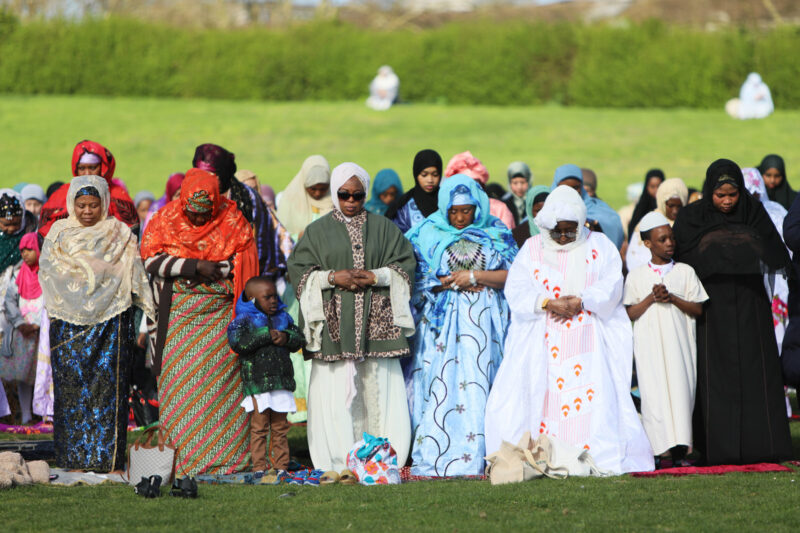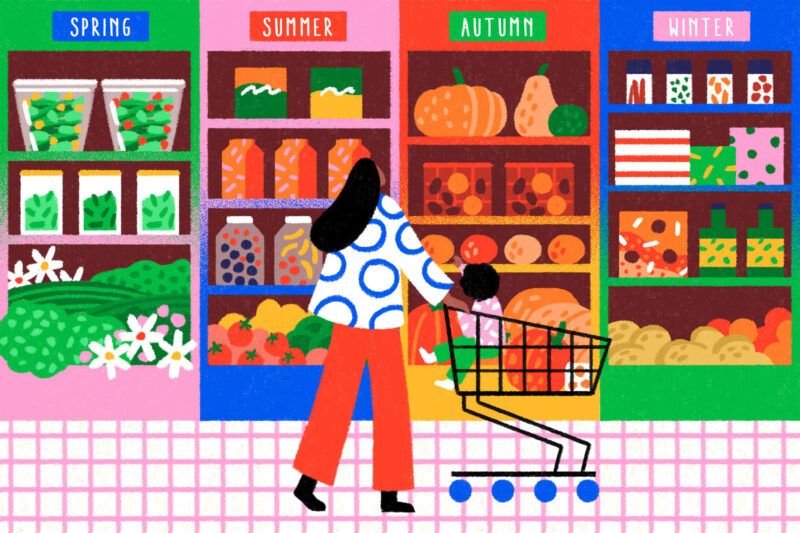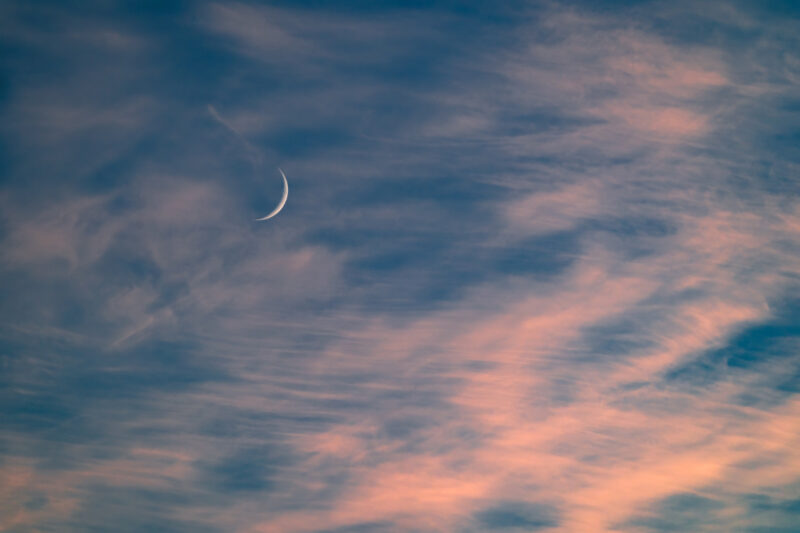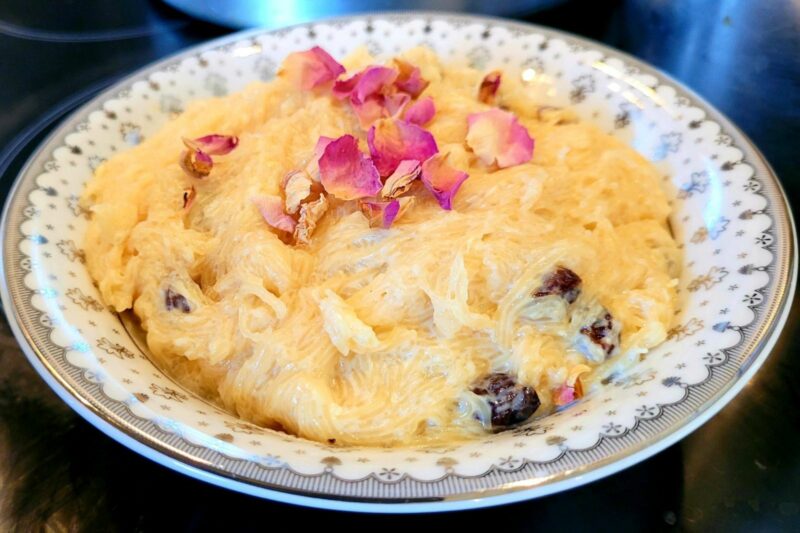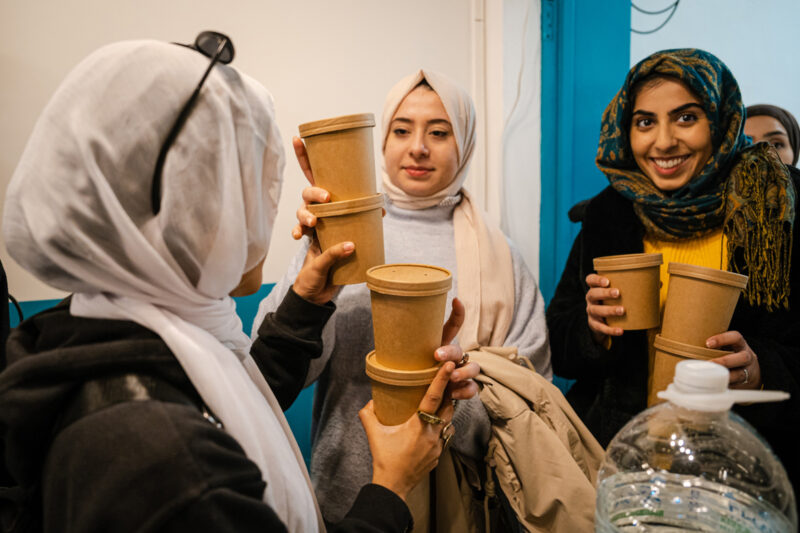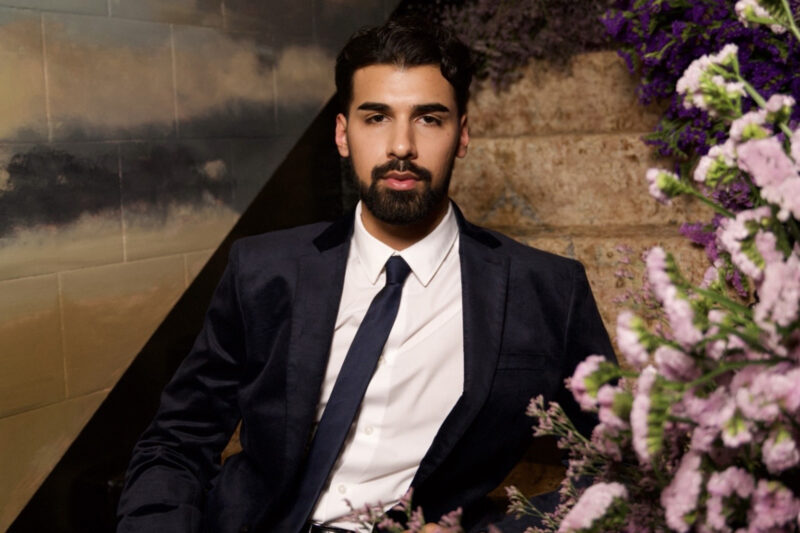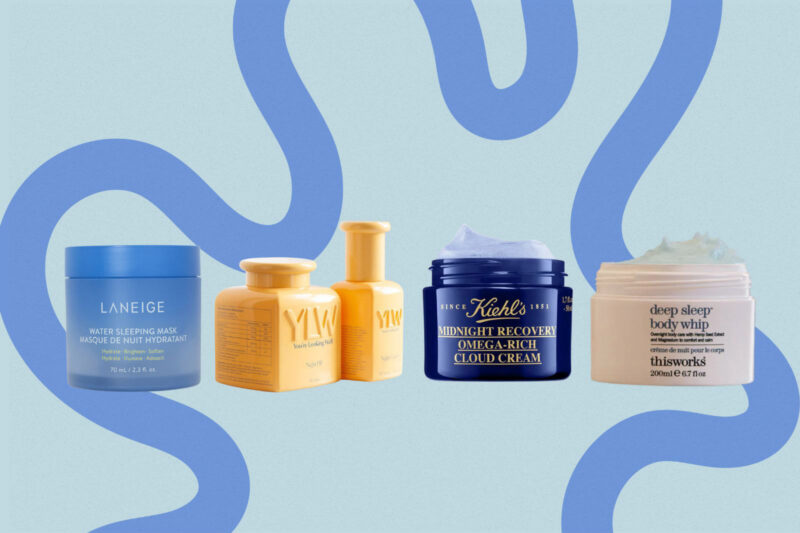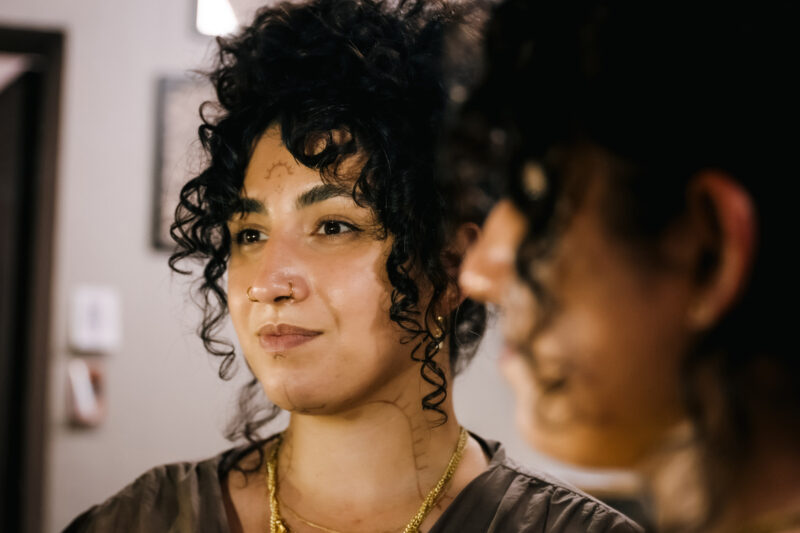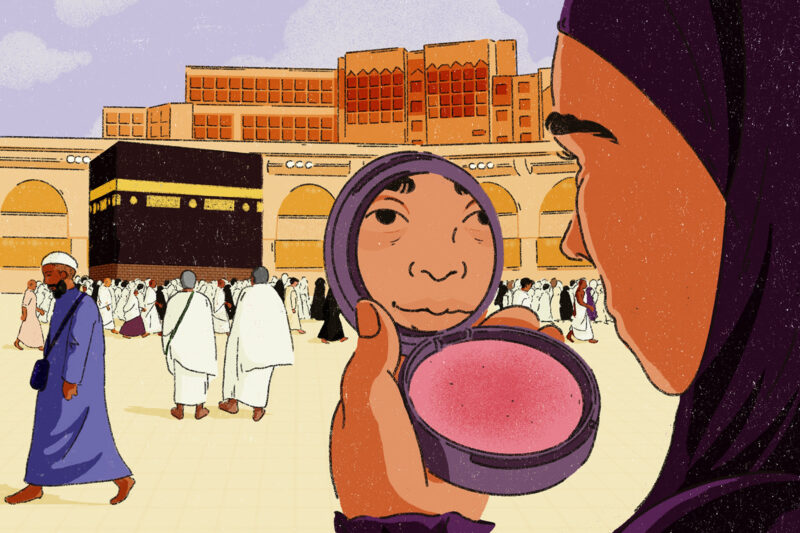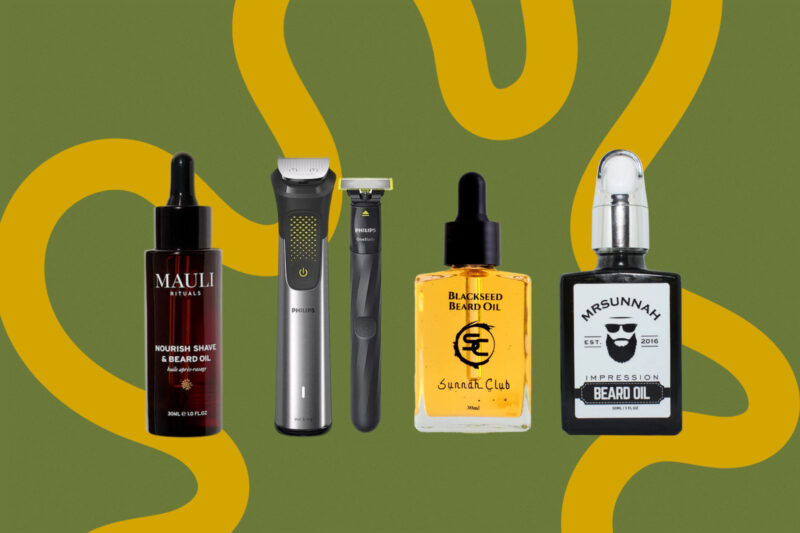Henna isn’t just for Eid
Once only seen at weddings and Eid parties, henna is being embraced by younger artists adding their own contemporary twists to an ancient practice
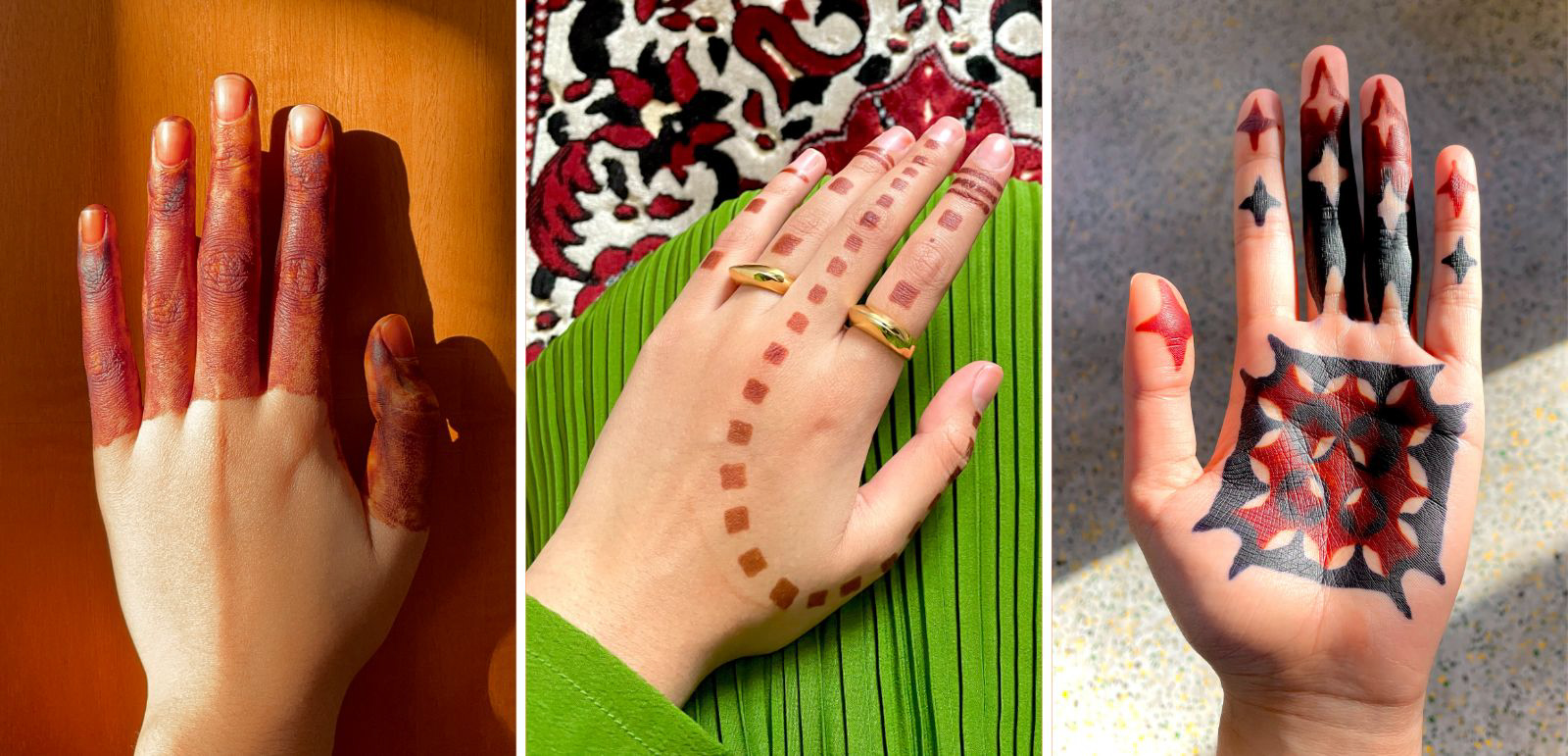
In my fridge, between a box of fruit popsicles and packets of frozen breast milk, are small cones of henna. Bookmarked posts on Instagram also reveal an assortment of beautifully stained hands. With Eid around the corner, I’m scouring the latest trends to get inspiration for the designs I’ll be applying on myself and my daughter.
Growing up, I never viewed henna so enthusiastically. I wasn’t the biggest fan of its earthy aroma and was hesitant to adorn my hands and feet with it as a bride almost a decade ago. But something changed over the past few years. Henna, or mehndi, as it’s called in Urdu and Hindi, is cool again. Perhaps driven by the desire to reclaim their cultural heritage, a newfound appreciation of henna’s aesthetic appeal, or maybe a bit of both, young female Muslims have embraced the art form as a popular medium of expression.
The designs many of us recall from family weddings, cultural festivals and Bollywood films were often ornate and elaborate, centring traditional motifs such as paisleys. But the henna of today is more modern, even experimental. Palm trees, scattered daisies, crescent moons, abstract geometrical patterns and Arabic calligraphy are among the images that Muslim fashion and beauty enthusiasts find their Instagram feeds dotted with around this time of the year.
Henna artists are already booking up for Eid. But while some of us go to professionals for our henna, an increasing number of women are experimenting at home.
Ruqaiyyah Patel, 20, who is studying fashion styling and production at the London College of Fashion, began her henna journey while isolating during Covid-19 lockdowns.
“I was drawn to the idea of creating art on my hands and body,” she says. “Henna allows you to treat your skin like a canvas and encourages a patience I’ve always strived to have more of in my creative work.”.
She names Dubai-based chiropractor and henna artist Dr Azra Khamissa, the founder of Azra Henna who was recently featured in British Vogue, as one of her main inspirations. To Patel, the best thing about henna is that it has “no restrictions”.
Patel’s aesthetic is bold and geometric with some Gothic undertones. She mixes henna with jagua, a similar plant-based ingredient that creates temporary tattoos with a distinctive black hue. Her henna-stained hands, with designs inspired by chess boards, compasses, suns and stars, are displayed in images and videos on her Instagram account — an influential medium for established and novice henna artists across the globe.
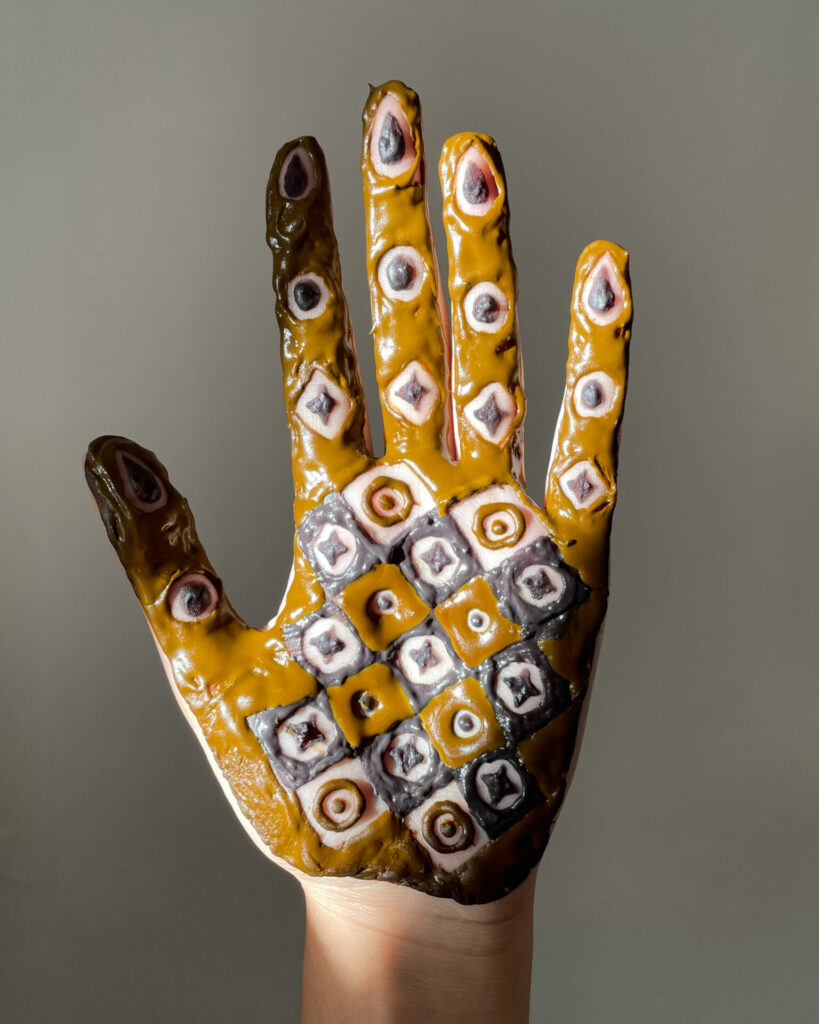
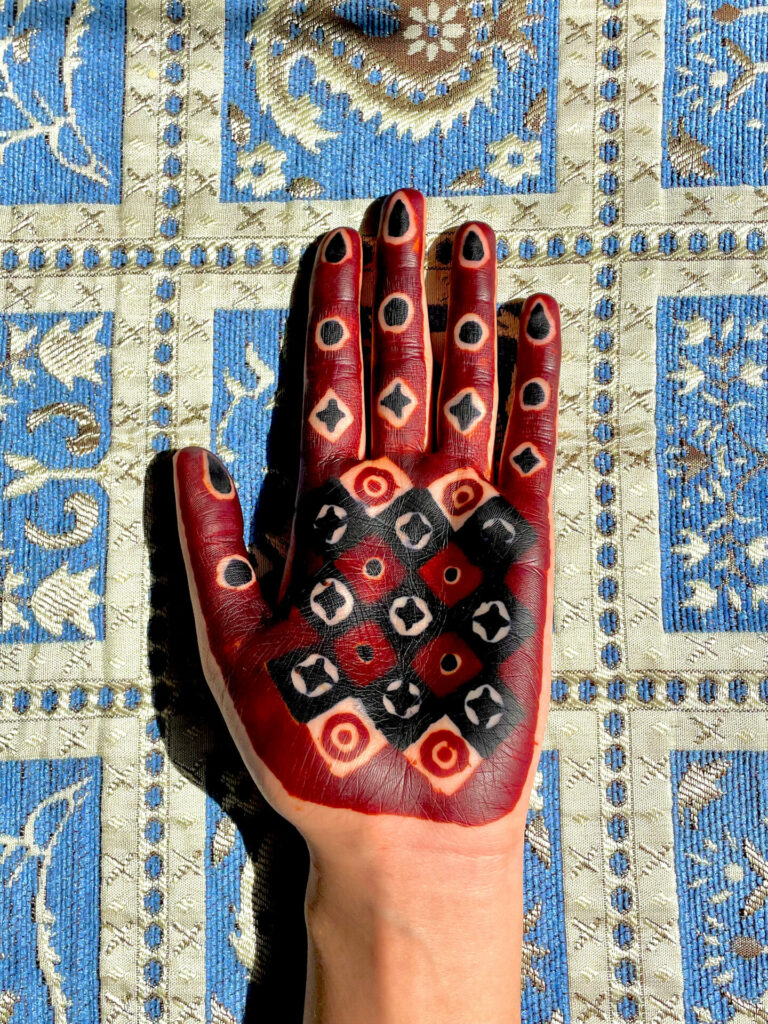
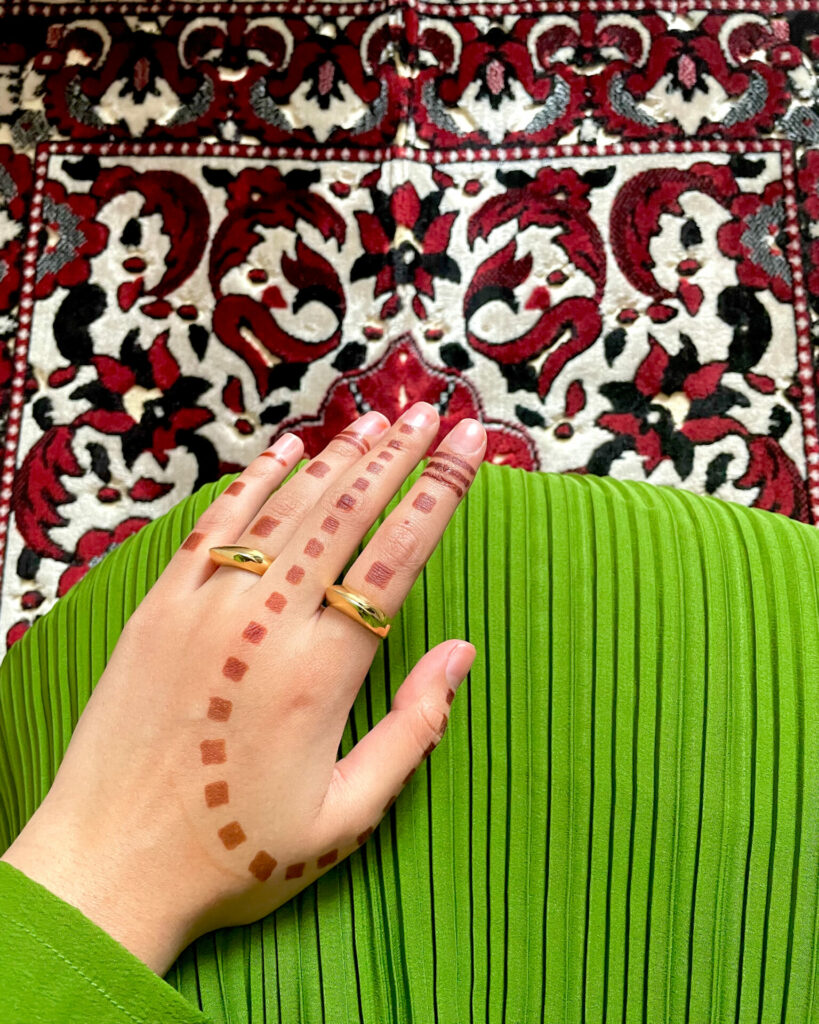
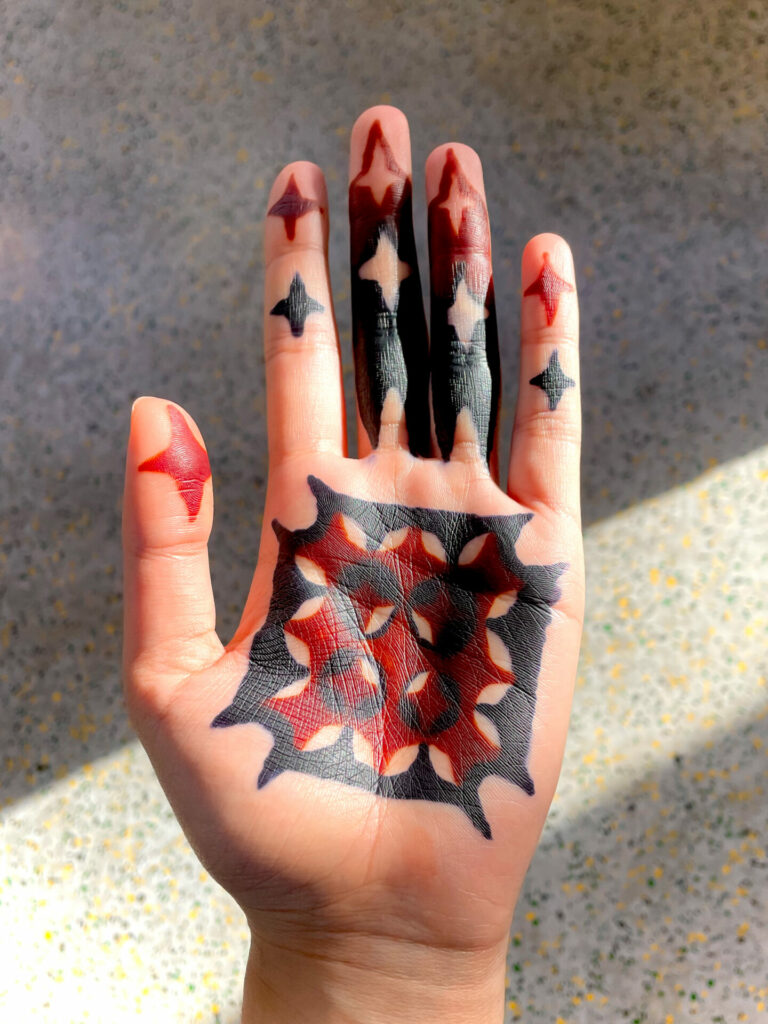
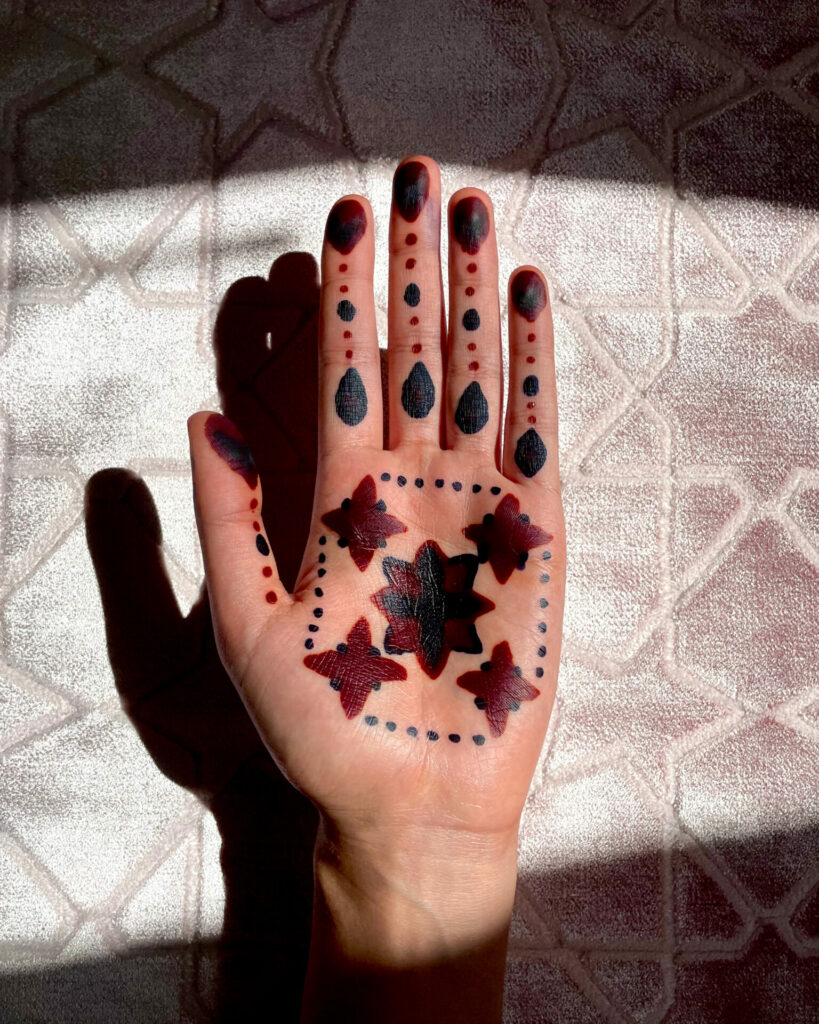
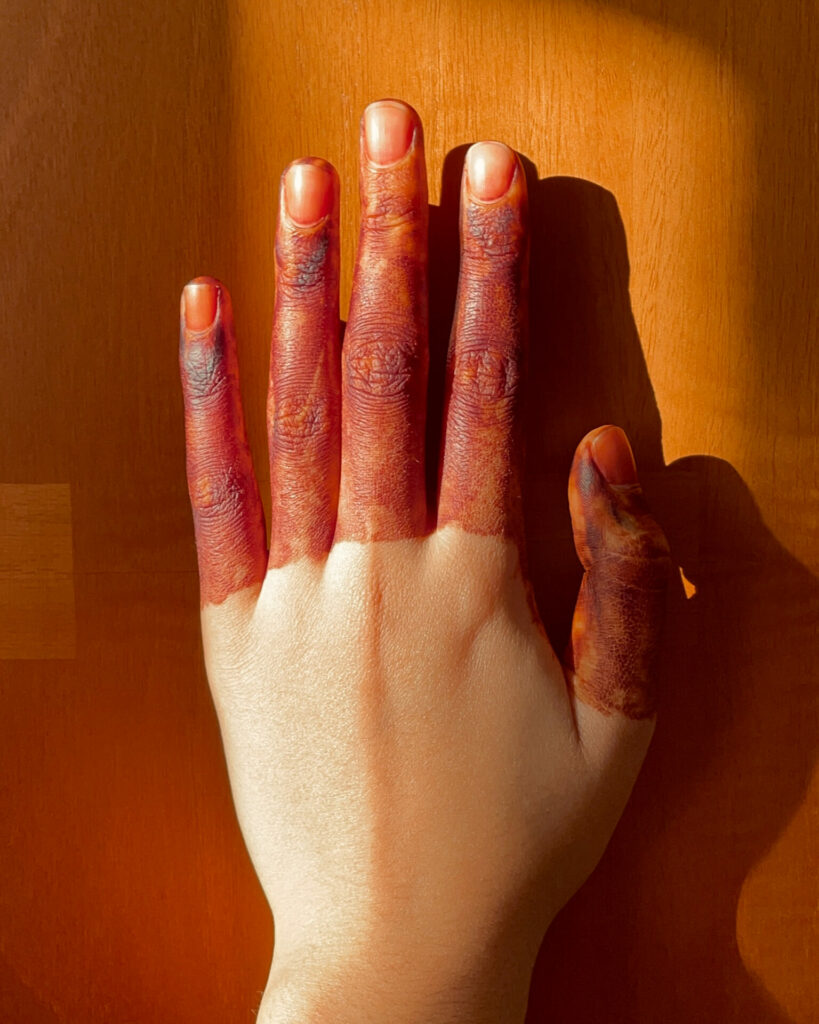
Photographs courtesy of Ruqaiyyah Patel
“There’s something so cool about seeing an art form that has survived centuries now being shown off like a cute nail picture or an OOTD (outfit of the day),” she says.
Social media has also helped people to see henna in a new, modern light.
“I have had so many people over the years tell me how they weren’t fans of henna, but seeing my posts has made them switch, and now they really love and appreciate it,” says UK-based Samah Amjid, 24.
Amjid’s designs are typically romantic and delicate, mixed with linear elements and achieved with extraordinary precision. She believes that one of the main attractions of henna is its flexibility.
“It’s about expressing yourself and you don’t have to fit in with certain trends,” she says. “I could be into lines and dots today and have a hand full of flowers next week.”
Henna is more than just a decorative adornment for your body. It is laced with symbols of identity, ancestry and community that span generations and continents. At a time when Europe is racked with divisive politics focused on issues of immigration and multiculturalism, younger generations are increasingly turning to the cultures and customs of their elders and adding their own contemporary twists. For them, the act of applying henna honours tradition and heritage, and is wrapped in nostalgic memories of family, festivity and togetherness.
“I think culture as a whole is being embraced more by minorities in the west, who are recognising that any aversion we had to our culture was a western notion,” says Patel. “We want to take back the time we could have spent showing off our cultures for their beauty.”
Because of henna’s newfound social media prominence, the new generation of artists are not limiting themselves to Eid or weddings. Eid henna has always been Amjid’s favourite, and she loves creating traditional styles for weddings, but she also enjoys doing modern, minimal, everyday designs.
“I think this is why henna is appreciated more these days, because it’s something we can fit in to our everyday lives,” she explains. “Before, it was something you’d only think to wear for occasions.”
Amjid also believes that henna can be an outlet for self-care; an uplifting experience endowed with sensory and sentimental significance. “We’re romanticising our lives a lot more and doing what we like more than once or twice a year on Eid,” she says. “I don’t think our mothers, grandmothers and ancestors really made time for things like this for themselves.”
Both Amjid and Patel name palm tree designs and repeated stamp-like patterns as henna design trends to look out for this Eid. They also endorse the mixing of brown henna with jagua, and adding new henna over older stains for a unique, mixed-colour effect. They emphasise that these approaches can be practised well beyond Eid.
“Henna is an accessory to an outfit, a feature piece for a fun selfie, a soothing art form for a sunny day off,” says Patel. “There is no reason to limit henna — why not enjoy it all year round?”
 Newsletter
Newsletter


